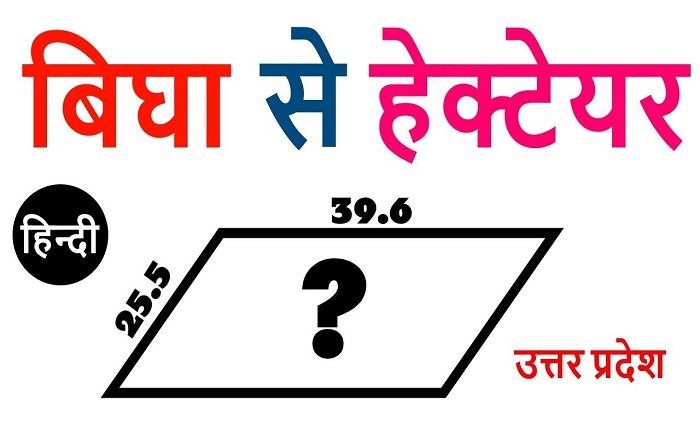Hectare to Bigha: Demystifying Land Measurement Units

In the realm of land measurement, the terms “hectare” and “bigha” often crop up, particularly in agricultural and real estate contexts. Understanding the conversion between these two units is crucial for accurately assessing land area and making informed decisions related to property ownership, cultivation practices, and land transactions.
Defining Hectares and Bighas
A hectare (ha) is a metric unit of area equivalent to 10,000 square meters or 2.471 acres. It is widely used in the International System of Units (SI) and serves as the standard measure for agricultural land across the globe.
On the other hand, a bigha is a traditional unit of land measurement prevalent in India, Pakistan, and Bangladesh. Its exact value varies depending on the specific region, but it generally ranges from 0.25 to 0.5 hectares. In India, for instance, one bigha is typically equivalent to 5,800 square feet or 0.5338 hectares.
The Conversion Factor: 1 Hectare to Bigha
The conversion factor between hectares and bighas is not a fixed number due to the regional variations in bigha values. However, the most commonly used conversion factor is approximately 3.953686105 bighas per hectare. This means that one hectare is equivalent to approximately 3.95 bighas.
Practical Applications of 1 Hectare to Bigha Conversion
The ability to convert between hectares and bighas is essential in various practical scenarios. For instance, farmers need to understand land area in both units to plan crop cultivation, assess crop yields, and determine fertilizer and irrigation requirements accurately.
Additionally, real estate professionals and landowners often encounter situations where land area is specified in either hectares or bighas. Being able to convert between these units is crucial for evaluating property values, negotiating land deals, and drafting property documents.
Conclusion
Understanding the conversion between hectares and bighas is fundamental for anyone involved in agriculture, real estate, or land management in the regions where these units are prevalent. By mastering this conversion, individuals can make informed decisions regarding land usage, property transactions, and agricultural practices.




